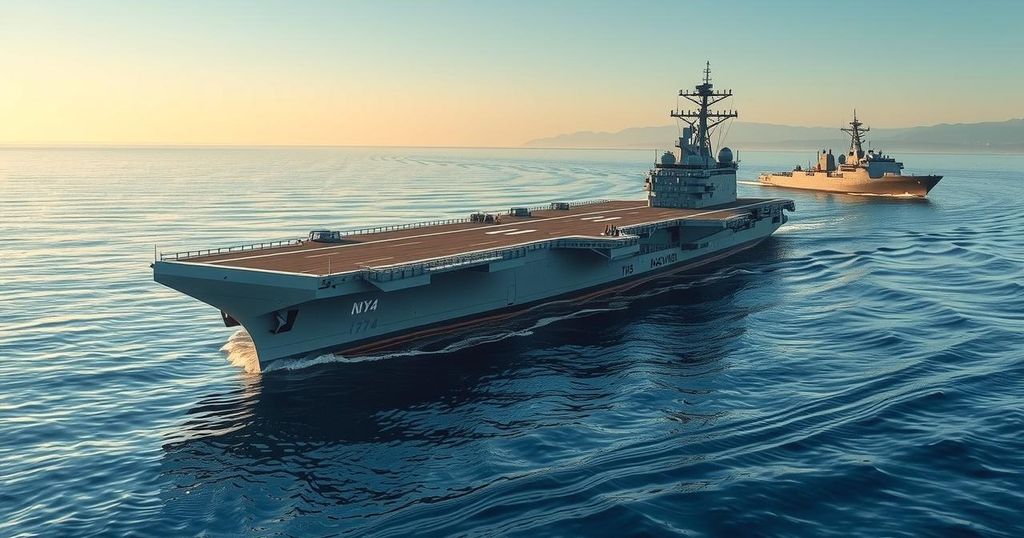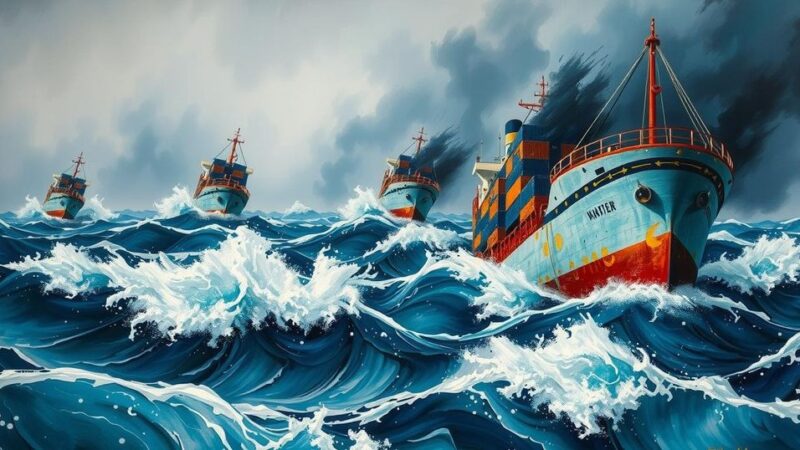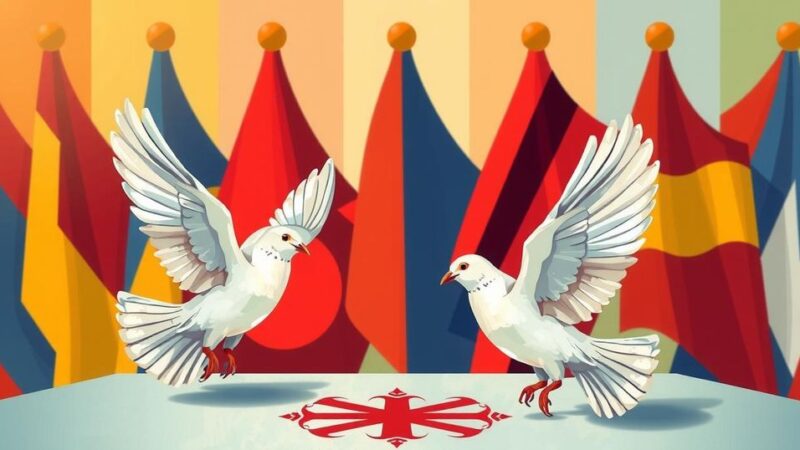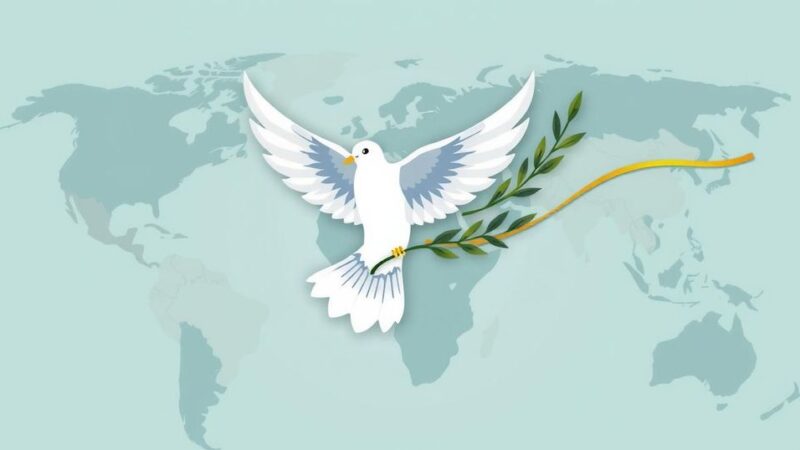The French carrier Charles de Gaulle made its first visit to the Philippines, aiming to enhance defense ties and uphold international maritime law amid regional tensions. French officials emphasized cooperation with the Philippines, conducting joint military exercises, and supporting freedom of navigation in the South China Sea. This visit is viewed as a critical step in strengthening alliances in the Indo-Pacific region.
The French nuclear-powered aircraft carrier Charles de Gaulle recently made its inaugural port visit to the Philippines, underscoring France’s commitment to uphold international law and ensure freedom of navigation in the South China Sea. French Ambassador Marie Fontanel emphasized this point, especially amid rising tensions caused by China’s assertive actions in the region, including recent dangerous maneuvers by Chinese military helicopters near Philippine aircraft in the Scarborough Shoal.
Ambassador Fontanel highlighted France’s close monitoring of regional events and voiced support for the European Union’s stance, which distinguishes China’s recent actions as violations of international aviation regulations. Fontanel stated, “When events occur, we react.” She noted the importance of training and conducting joint military exercises to enhance mutual understanding between allied forces.
Onboard the Charles de Gaulle, which docked at Subic Bay, the carrier strike group includes two multi-mission frigates, an air defense destroyer, and the auxiliary oil replenishment ship Jacques Chevallier. This fleet is part of Mission CLEMENCEAU 25, covering over 12,000 kilometers from its home port in Toulon, France.
The aircraft carrier’s air wing is composed of 24 Rafale Marine fighters, four helicopters, and two Hawkeye early-warning aircraft. French officials clarified that the visit and concurrent military exercises are designed to build trust with regional partners, not directed against any specific nation.
Rear Admiral Jacques Mallard, commander of the French carrier strike group, articulated that their visit intends to foster mutual knowledge and cooperation with the Philippines, including conducting joint drills to strengthen interoperability and demonstrate a commitment to regional stability and maritime security.
As China aggressively claims most of the South China Sea through its “10-dash line,” France, represented by Fontanel, seeks to bolster freedom of navigation. Last October, France proposed a military interoperability agreement with the Philippines, awaiting the latter’s response to formalize this collaboration.
Strategic analyst Chester Cabalza believes Charles de Gaulle’s visit marks a significant step for France in solidifying its Indo-Pacific presence. He posits that while some nations are modernizing their military capabilities, France showcases reliable defense partnerships by enhancing military ties with the Philippines, especially in pursuit of Manila’s objectives in defense modernization.
Cabalza stated, “As Paris heeds to Manila’s prime advocacy for maritime rules-based order, France is helping the Southeast Asian archipelagic nation achieve that norm in the region.” He emphasized the importance of France’s role in supporting the Philippines’ aspirations for a robust defense capability, including naval modernization efforts.
France’s deployment of the Charles de Gaulle aircraft carrier to the Philippines represents a significant commitment to maintain international maritime laws and foster closer defense ties in the Indo-Pacific. The visit is not merely symbolic; it facilitates joint military exercises aimed at increasing proficiency between allied forces while asserting a unified stance against regional aggressions, particularly from China. As the Philippines seeks to enhance its defense framework, France positions itself as a vital partner.
Original Source: www.navalnews.com






